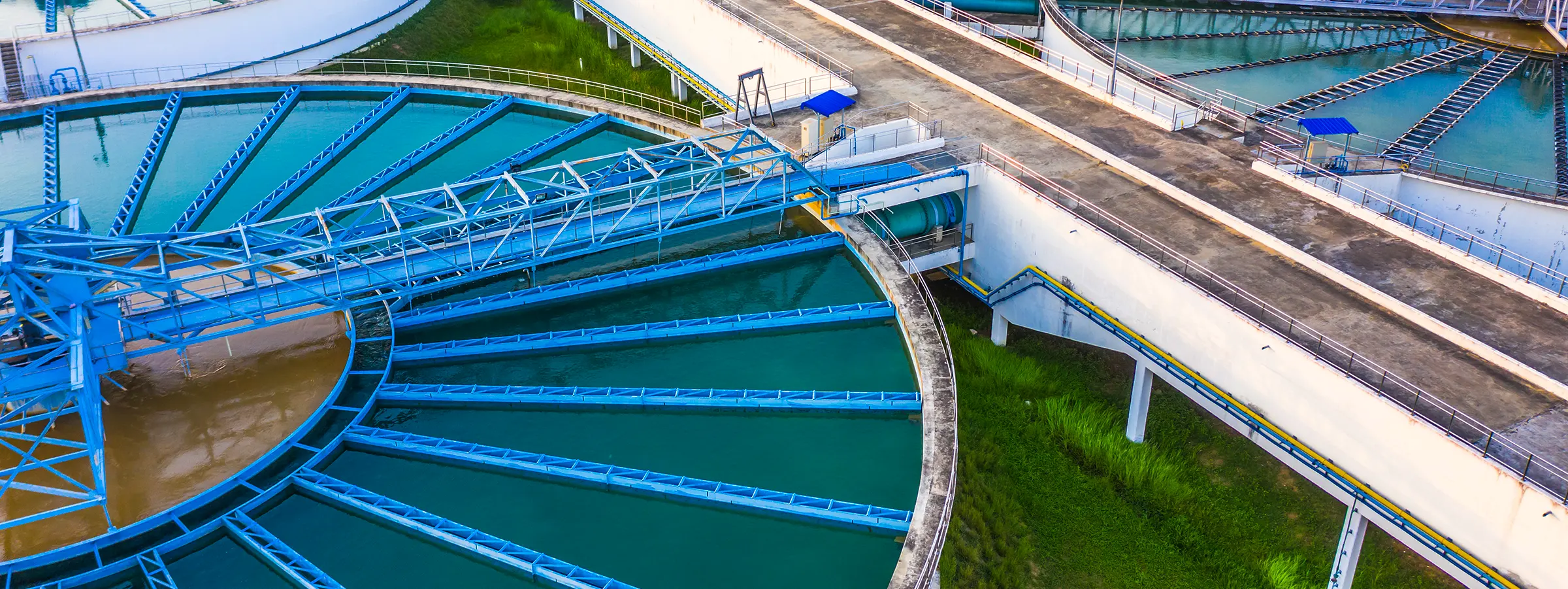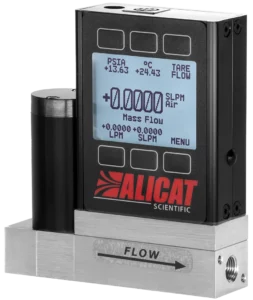Sparging Regulation for Destruction of PFOS and PFOA Using a Hydrogen-Polarized Vacuum Ultraviolet Photolysis System

The PFAS “forever chemical” problem
Unlike many other substances, PFAS persist in the environment because they are extremely resistant to natural degradation and costly to destroy using conventional remediation methods. Over time, they can accumulate in soil, water, and living organisms, posing significant health risks to humans, animals, and ecosystems.
Heath risks from PFAS exposure
Research shows that PFAS exposure can affect multiple biological systems and lead to long-term health issues, including:
- Lowered birth rates
- Severe liver and kidney damage
- Endocrine issues
- Reproductive issues
- Compromised immune systems
- Elevated cholesterol levels
- Increased risk of certain cancers
New methods to eliminate forever chemicals
Researchers at the University of California demonstrated a novel method to destroy PFOA and PFOS in contaminated water using a hydrogen-polarized vacuum ultraviolet (VUV) photolysis system. In this process, contaminated water is pre-saturated with 99.99% hydrogen for 30 minutes, then exposed to 185 nm VUV light while hydrogen is continuously sparged into the water. Under these conditions, the team achieved up to 95% degradation and 94% defluorination of PFAS compounds—an encouraging advancement toward scalable remediation technologies.
Other researchers have explored variations of gas-assisted photolysis. One study tested nitrogen sparging within UV reactors to degrade PFAS, achieving less than 10% defluorination for PFOS—below the threshold for effective destruction.
In contrast, more accessible approaches have also shown promise: a 2024 study from a Chinese university found that combining boiling and activated carbon filtration can reduce PFAS levels in drinking water by 50 – 90%, offering a practical, low-cost method for lowering exposure in domestic settings. Together, these studies illustrate the range of ongoing efforts to mitigate PFAS contamination—from advanced photochemical degradation to simple household-level interventions.
Precise flow control in PFAS detection

Alicat® flow controllers are also well suited for experimental setups that use sparging processes to mix or react gases within test cells. In one such use case, multiple MC-Series were configured to flow gases—including hydrogen, nitrogen, oxygen, helium, and air—into a test cell, which then directed the gas mixture into a sparger. Typical operating conditions ranged from 0.25 to 20 SLPM per gas line, with upstream pressures adjustable up to 6 barG and downstream pressures from 0 – 3 barG.
In sparging applications like these, precise flow control allows researchers to maintain consistent gas-liquid contact, optimize reaction kinetics, and reproduce experimental conditions across multiple runs—critical for evaluating degradation efficiency and scaling laboratory results. Alicat MFCs provide this level of control with high repeatability and stability, minimizing gas waste while ensuring accurate delivery throughout the process.
Alicat MC-Series controllers offer full-scale flow ranges from 0.5 SCCM to 12,000 SLPM and a wide turndown ratio from 0.01% to 100%, delivering exceptional versatility for both low- and high-flow processes.
Developing methods for prevention
According to a 2024 survey done by the U.S. Government Accountability Office, this could be due to low implementation for PFAS treatment methods as only 33% of water systems across the U.S. were fully regulated. Other factors, such as unregulated industrial pollution and inefficient waste treatment further contribute to the persistence of PFAS contamination.
Even with these ongoing challenges, active research into PFAS mitigation continues to make meaningful progress. Continued innovation in this field is essential to safeguarding water resources and protecting public health worldwide.